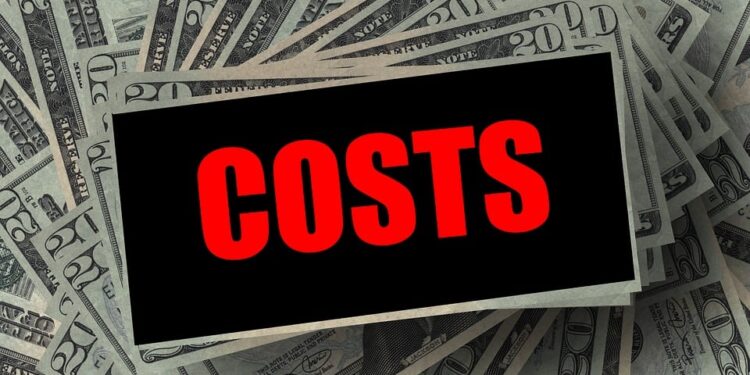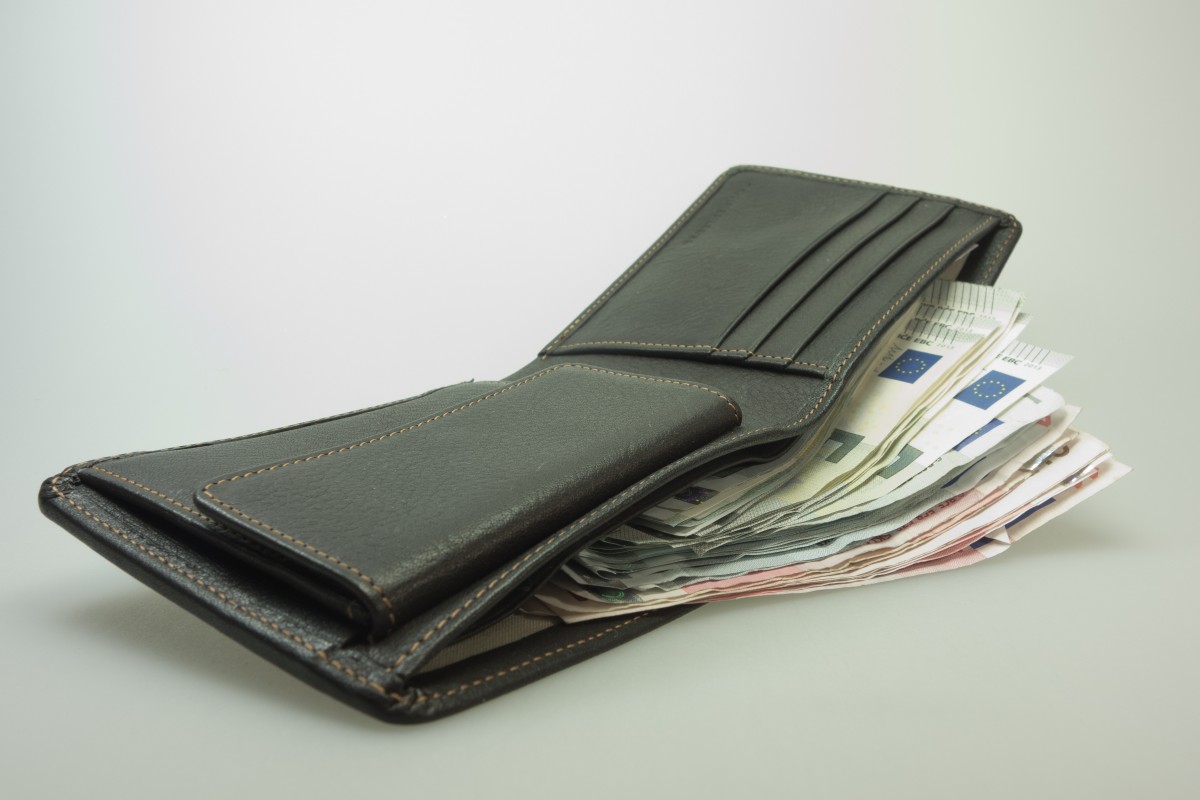Introduction: The Hidden Costs of Vehicle Financing
The decision to purchase a vehicle, whether brand-new or pre-owned, is often driven by a blend of necessity, personal preference, and budget constraints. Yet, the price tag visible on the windshield is merely the starting point of the total cost of ownership.
The most significant financial variable, often overlooked until the final stages of the purchase, is the Annual Percentage Rate (APR) of the auto loan. This rate determines how much extra money you will pay to borrow the funds, ultimately defining the true long-term expense of your vehicle.
A crucial point that many first-time car buyers fail to grasp is that the interest rate offered for a brand-new vehicle is fundamentally different from the rate offered for a used vehicle, even when the borrower’s credit score is identical. This discrepancy is not arbitrary; it is rooted in the lender’s risk assessment of the collateral—the vehicle itself.
Lenders view a new car, backed by a manufacturer’s warranty and an easily verifiable value, as a significantly safer investment than a used car. A used car carries greater uncertainty regarding its mechanical integrity and future market value.
Understanding this core difference is absolutely essential for anyone navigating the auto loan market. The spread between new and used car loan APRs can easily range from two to five percentage points, translating into thousands of dollars in interest over a standard six-year loan term.
Successfully minimizing this expense requires strategic preparation, including knowing the average rates for your credit tier and understanding the specific factors that drive lenders to classify pre-owned vehicles as higher-risk collateral. This comprehensive guide will dissect the reasons behind this rate differential, explore the varying impacts of the borrower’s credit score on both loan types, and provide actionable strategies to secure the most favorable financing, regardless of whether you choose the shine of new chrome or the value of a seasoned car.
The Fundamental Difference: Risk and Collateral Value

The primary reason used car loan rates are typically higher than new car loan rates lies in the concept of collateral riskand depreciation. Auto loans are secured loans, meaning the vehicle serves as the collateral.
A. New Cars: Lower Risk for Lenders
A new vehicle presents a near-ideal scenario for the lender, minimizing their financial exposure in the event of default.
- Predictable Value: A new car’s value is easily verifiable through the Manufacturer’s Suggested Retail Price (MSRP) and is at its highest point when the loan is originated.
- Slower Initial Loss: While new cars depreciate rapidly (often 20% in the first year), the depreciation curve is predictable, and the vehicle is covered by a full manufacturer’s warranty. This reduces the likelihood of expensive mechanical failures that could compromise the borrower’s ability to make payments.
- Higher Resale Assurance: In the unfortunate event of repossession, the lender is highly confident they can quickly resell the vehicle for a price that covers the outstanding loan balance, minimizing their loss.
B. Used Cars: Higher Risk, Higher Rates
Used cars, by contrast, introduce several variables that increase the lender’s risk profile, necessitating a higher interest rate to compensate.
- Uncertain Condition: Mechanical condition is less certain, as the vehicle has accumulated wear and tear. The lack of a factory warranty increases the potential for costly repairs, which could strain the borrower’s finances and lead to loan default.
- Accelerated and Unpredictable Depreciation: Used cars continue to depreciate, but their market value is much harder to estimate accurately due to variations in maintenance history, mileage, and specific market demand.
- Collateral Gap Risk: If the borrower defaults, the used car’s resale value may fall below the outstanding loan balance more quickly than a new car’s value would. This leaves the lender with a deficit, or a collateral gap, which the higher interest rate helps offset.
C. The Borrower Profile Factor
While the vehicle itself is the key differentiator, there is also a correlation in borrower profiles. Lenders often find that borrowers opting for used vehicles may have lower credit scores or smaller down payments than the typical new car buyer. This is not a universal rule, but it is a factor built into the general risk models that determine average interest rates across the market.
The Impact of Credit Score on New vs. Used Rates

Your credit score is the most important personal factor determining your loan rate. However, the gap between new and used car rates widens dramatically as your credit score declines.
A. Average APRs by Credit Tier
Data consistently shows that borrowers across all credit tiers face higher rates for used vehicles. The lowest rates are reserved for those with the strongest credit profiles.
| Credit Score Range (Super Prime/Excellent) | Average New Car APR | Average Used Car APR |
| 781-850 | 5.27% | 7.15% |
| 661-780 (Prime/Good) | 6.78% | 9.39% |
| 601-660 (Near Prime/Fair) | 9.97% | 13.95% |
| 501-600 (Subprime) | 13.38% | 18.90% |
| 300-500 (Deep Subprime) | 15.97% | 21.58% |
Note: These figures are representative national averages and fluctuate based on market conditions, lender type, and loan term.
B. The Widening Gap for Higher-Risk Borrowers
Notice the significant jump in the interest rate difference for borrowers with credit scores below 660.
- Risk Stacking: For a borrower in the Subprime tier (501-600), the lender faces a double risk: a high-risk borrower (historically high default probability) combined with a high-risk asset (a used vehicle with uncertain value).
- Rate as Protection: To protect against this compounded risk, the lender must dramatically increase the APR. A borrower with a 550 score might pay close to 19% for a used car loan, compared to around 13% for a new car loan, an enormous difference that significantly affects monthly affordability and total debt cost.
C. The Importance of Credit Preparation
Given this massive rate disparity, the single most powerful action a potential used car buyer can take is to dedicate time to improving their credit score before shopping. Moving from the Near Prime to the Prime tier can mean instantly saving hundreds or even thousands of dollars in interest.
The Loan Term Effect: Longer Loans, Higher Costs
The length of the loan (the term) is the second major variable, impacting both new and used car loan rates differently.
A. Risk Associated with Term Length
While longer terms (72 or 84 months) offer lower monthly payments, they increase the overall risk for the lender, especially with used vehicles.
- Increased Total Interest: Extending the term means paying interest for more years, drastically increasing the total loan cost, regardless of whether the car is new or used.
- Negative Equity: Longer terms (especially over 60 months) increase the risk of negative equity, where the loan balance exceeds the car’s market value. This is particularly problematic for used cars whose value might plummet due to unexpected mechanical failures.
B. Lender Restrictions on Used Car Terms
Many lenders refuse to offer the longest terms (72 or 84 months) for used vehicles, especially older models, because the mechanical risk is too high.
- Age Limitations: Lenders often place limits on the age or mileage of the car they will finance. A vehicle older than eight years or with mileage over 100,000 might only qualify for a maximum 48- or 60-month loan term.
- Rate Premium for Long Terms: When longer terms are offered on used cars, they usually carry a substantial rate premium compared to shorter, 36- or 48-month options. You are paying a high price for the lower monthly payment convenience.
C. Manufacturer Incentives on New Cars
New car loans often benefit from subvented rates offered by manufacturers (e.g., 0% or 1.9% APR financing). These extremely low rates are generally only available for shorter terms (36 or 48 months) and are exclusively tied to new vehicles. This is a powerful marketing tool that drastically lowers the average new car APR relative to the average used car APR.
Strategies for Securing the Best Rate on Any Vehicle
Whether you opt for new or used, a proactive approach to financing will ensure you minimize your interest expense.
A. Always Get Pre-Approved First
Never rely solely on dealership financing. Securing an independent pre-approval from a bank or credit union before shopping gives you crucial leverage.
- Benchmark Rate: Your pre-approval letter provides a benchmark—the highest rate you will accept. If the dealer cannot beat it, you use your outside financing.
- Shop Different Lenders: Apply to multiple lenders (credit unions, large banks, online lenders) within a concentrated period (14-45 days) to ensure the hard credit inquiries count as a single event, maximizing your rate-shopping impact.
B. Maximize Your Down Payment
A larger down payment immediately reduces the loan principal, which decreases the monthly payment and the total interest paid.
- Lower LTV: A large down payment improves your Loan-to-Value (LTV) ratio, signaling lower risk to the lender. This can directly translate into a lower APR, particularly beneficial for used car purchases.
- Mitigate Depreciation: A larger down payment helps mitigate the risk of being upside down on the loan (negative equity), especially critical for a quickly depreciating used car.
C. Opt for the Shortest Loan Term Possible
Choose the shortest loan term that your budget can comfortably accommodate. This is the surest way to minimize the total interest expense.
- Calculate Total Cost: Focus on the total interest paid over the life of the loan, not just the monthly payment. A shorter term always results in lower total cost, even if the APR is slightly higher than an extremely long-term loan.
- Maintain Affordability: Use pre-approval calculators to test different terms and find the highest monthly payment you can comfortably afford, then choose the corresponding shortest term.
D. Focus on the Annual Percentage Rate (APR)
When comparing loan offers, look only at the APR, not the advertised interest rate. The APR includes the interest plus any mandatory fees, representing the true annual cost of borrowing. A dealer might offer a seemingly low interest rate but hide high origination fees, which the APR calculation reveals.
Conclusion: Driving Smart Financial Decisions
The disparity between new and used car loan interest rates is a direct reflection of the lender’s perceived risk associated with the vehicle collateral. New cars, with their guaranteed condition and predictable value, attract lower APRs and benefit from manufacturer incentives, while used cars carry higher rates to offset the increased risk of mechanical failure and rapid, less predictable depreciation.
Successfully navigating the auto financing market requires a strategic understanding of these variables. Borrowers must proactively maximize their credit score and secure independent pre-approval to establish a strong negotiating benchmark, ensuring they receive the best possible rate for their credit profile.
Ultimately, the choice between a new and used vehicle involves more than just the sticker price; it demands a critical evaluation of the associated financing costs. By prioritizing a large down payment and the shortest affordable loan term, consumers can confidently minimize the total interest paid and drive forward with sound financial health.













